Whether building a championship roster or going the tanking route, trading NBA draft picks are one of the pivotal moves a team can do. We witnessed some ground-breaking NBA draft night trades that changed the fortunes of a team forever. Some major trades involving picks also occur right before the trade deadline.
Trading NBA draft picks explained
Trading draft picks entirely depends on the team’s direction. If a team is in a win-now situation, they can trade their future draft pick for a veteran player who has more experience and can give impact right off the bat. After all, drafting a player out of college takes time to develop and adjust to the NBA.
Meanwhile, if a team wants to rebuild, they can trade their current star player for a couple of future first-round picks. This ensures that a rebuilding team can get new talent(s) to start over again. They covet high draft picks due to the amount of talent out of college, and even overseas.
Of course, trading draft picks also has its rules. In this article, we’ll explain how trading NBA draft picks works and the rules that accompany them.
When can draft picks be traded?
For non-playoff teams, they can start trading as soon as after the regular season. For playoff teams, they can start trading once they are eliminated in the postseason. This includes all assets such as players, draft picks, and even cash. Teams can trade up to the NBA trade deadline which occurs a few weeks after the all-star break.
When it comes to NBA draft night trades, teams are also allowed. Lots of trades happen on draft night.
One of the craziest NBA draft night trades of all time was when the Hornets drafted Kobe Bryant out of Lower Merion with their 14th overall pick. However, the Hornets had no intention of keeping Bryant and traded him for Vlade Divac. We all know how that turned out.
Another notable draft night trade was when the Sonics drafted Scottie Pippen as their fifth overall pick. They traded him to the Bulls in exchange for Olden Polynice and future draft picks, and the rest is history.
At first sight, it’s laughable that teams traded those future superstars. Sure, they can be shortsighted, but they can’t be blamed entirely. Who knows what the future holds?
How many years out can draft picks be traded?
A team can trade draft picks seven years in advance. The “Seven Year Rule” is meant to protect future teams and owners from the decisions made by the current GMs and owners.
Without the seven-year rule, teams would take advantage to trade all their future draft picks 10-20 years in advance just to win now. The rule makes sure that trading future draft picks are ethical and have limitations.
What is the Stepien Rule?
We’ve been talking about the Stepien Rule above. But what exactly is it? And who is Ted Stepien?
Ted Stepien was the owner of the Cavaliers from 1980-1983. He was infamous for trading future first-round picks in consecutive seasons.
The NBA stepped in and barred Stepien from trading away all their future picks. While it can be a viable strategy for acquiring players for win-now situations, this jeopardizes the team’s future which can potentially make them unstable and unwatchable.
Just imagine if Stepien traded all their first-round picks up until the late 80s. They would have become a talentless team with no young players. Without a single talent, fans wouldn’t be entertained and attend their games anymore.
In addition, the draft class was great in the 1980s. Stepien traded those high draft picks for mediocre players to “win now”. The Cavs could’ve gotten players like Charles Barkley, John Stockton, James Worthy, and Dennis Rodman. Instead, they got mediocre players and had no all-star players.
In 1983, Stepien stepped down as the Cavs owner. The league immediately passed the Stepien Rule to stop teams from trading away their future draft picks in consecutive years.
The rule is meant to protect future teams and owners from the decisions made by the current ones. This also ensures that a team can get enough young talent via the NBA draft. Until today, the Stepien Rule is in full effect.
What are pick protections in the NBA?
Pick protections are a clause where teams can retain their traded future draft pick if it lands high enough. Since they don’t know the actual value of a draft pick currently, this “protects” them in a way that they can get their pick back in the future.
After all, the actual value of a draft pick is only determined after the season, and in the lottery when a team failed to make the playoffs. If a team trades a future draft pick to another team, its value is still unknown.
For example…
Let’s say that the Knicks traded their 2022 first-round pick to the Celtics under the clause that the Knicks’ pick is top-10 protected.
This means that if the protected pick turns out to be inside the top 10, then the Knicks keep that pick. If the pick turns out to be 11 and beyond, then the Celtics keep it instead.
Most of the time, a protected pick would just defer to the next season’s draft. Thus, if the Knicks’ 2022 first-round pick ends up in the top 10, it would just defer in the next season’s draft unprotected. As a result, the Celtics will get their first-round pick in 2023, no matter where it lands.
Obviously, protected picks carry less value than unprotected picks. This is because unprotected picks are sure already that the receiving team can use it, no matter where it lands in the future.
But in the end, it all depends on the negotiations done by both teams. Teams can be creative in offering their protected and unprotected picks.
How do pick swaps work?
There’s a legitimate way to get around the Stepien Rule—and that’s by using pick swaps since it can be used on consecutive years.
A pick swap means the receiving team has the option to switch picks with the team that offered it.
For instance, the Nets traded their 2014, 2016, and 2018 unprotected first-round picks, a pick swap option, and other role players to the Celtics for Kevin Garnett, Paul Pierce, and Jason Terry.
As you can see, the Nets’ strategy back then is to acquire two superstars in Garnett and Pierce and win now. However, that didn’t happen. While they made the playoffs from 2013-2015, they only made it as far as the second round. Eventually, Pierce and Garnett lost their superstar status due to age and injuries. The Nets were left in ruins.
And in 2017, the Celtics used their pick swap option to acquire the 1st overall pick, while the Nets acquired the 27th pick. The Celtics then eventually traded their 1st overall pick to acquire Jayson Tatum and a future first-rounder. With the first-round picks and pick swap they overhauled from Brooklyn, they built their young core in Tatum and Brown and landed them Kyrie Irving back then.
In recent years, pick swaps have been increasingly growing in popularity. Teams can also get creative as they want to and include swap picks in negotiations.
As we enter into a new season, we expect a lot of teams to trade their future draft picks to win now. On the other hand, we also expect a lot of failed playoff teams to trade their star players for future first-round draft picks in the hopes to start over again. Who knows? We might witness some franchise-changing NBA draft night trades in the upcoming draft.
[spreaker type=player resource=”show_id=4112709″ width=”100%” height=”200px” theme=”light” playlist=”false” playlist-continuous=”false” autoplay=”false” live-autoplay=”false” chapters-image=”true” episode-image-position=”right” hide-logo=”false” hide-likes=”false” hide-comments=”false” hide-sharing=”false” hide-download=”true”]


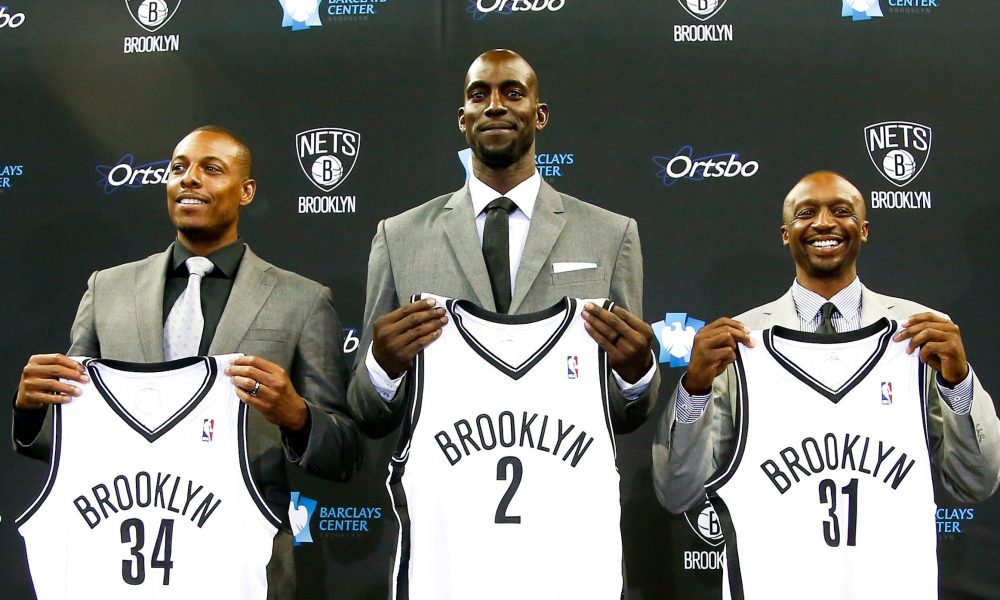
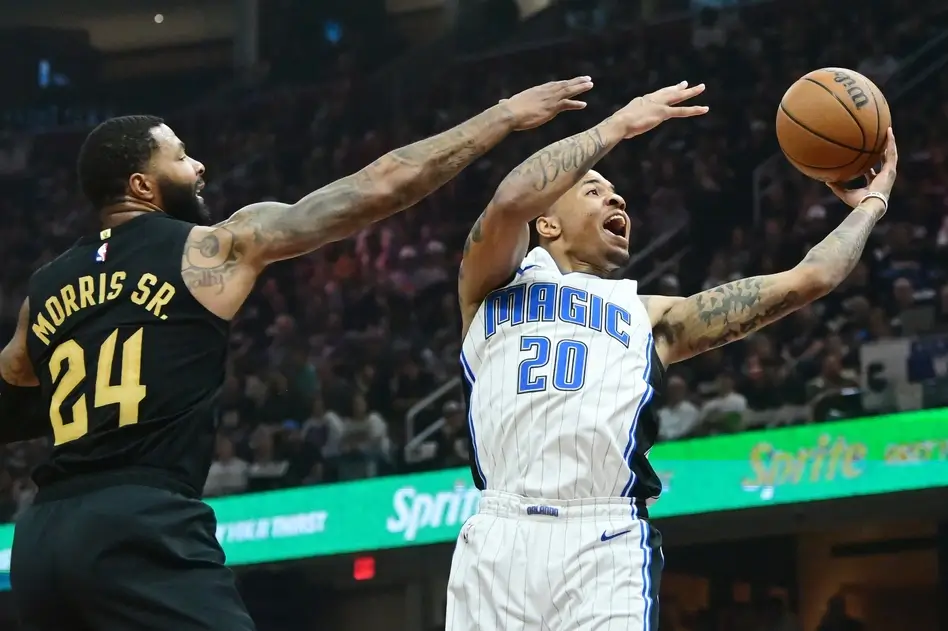
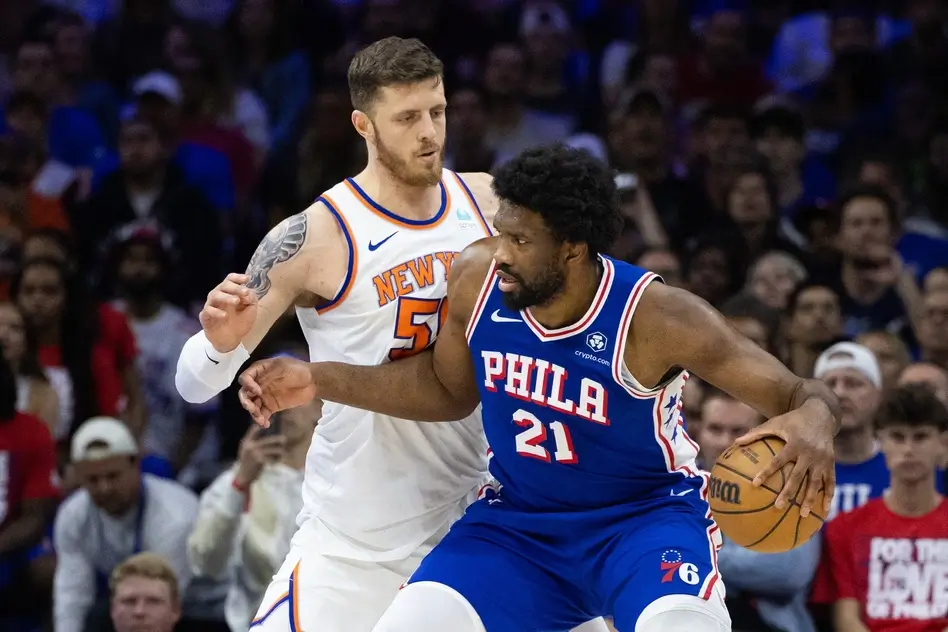
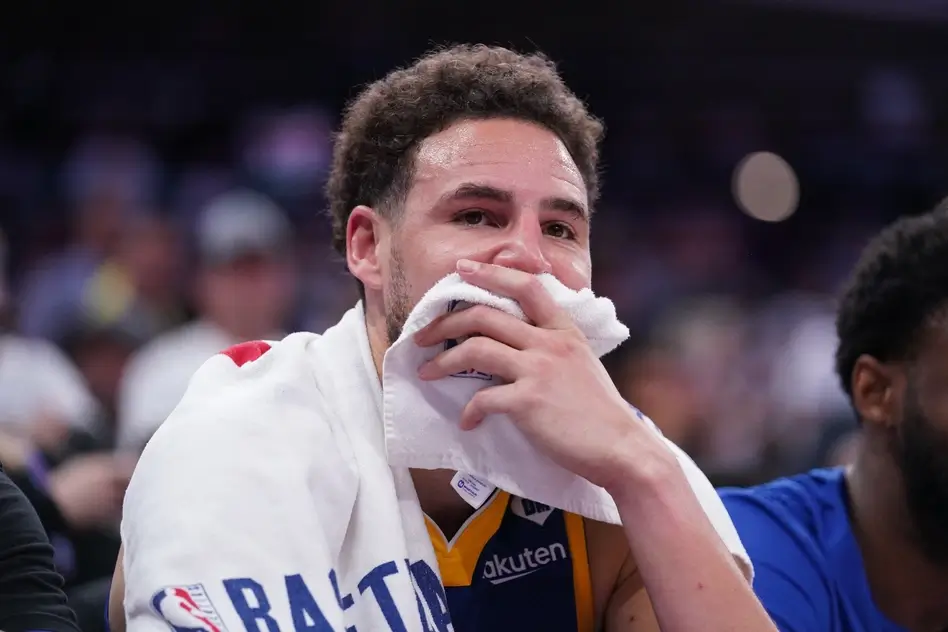


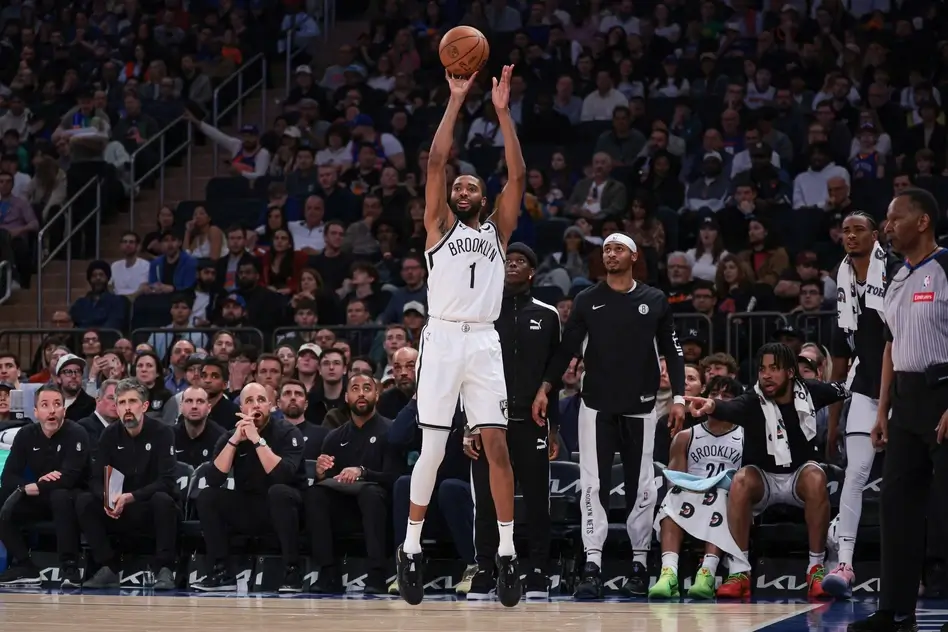
Thank you very much for this beautiful article. I really enjoy reading it. I appreciate your thoughts and ideas. This is really great and praiseworthy.